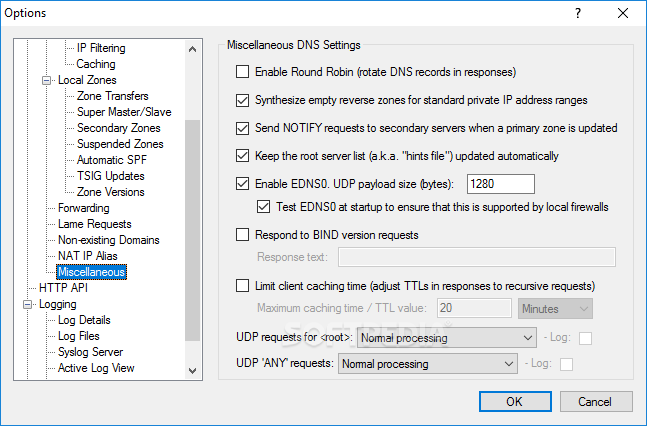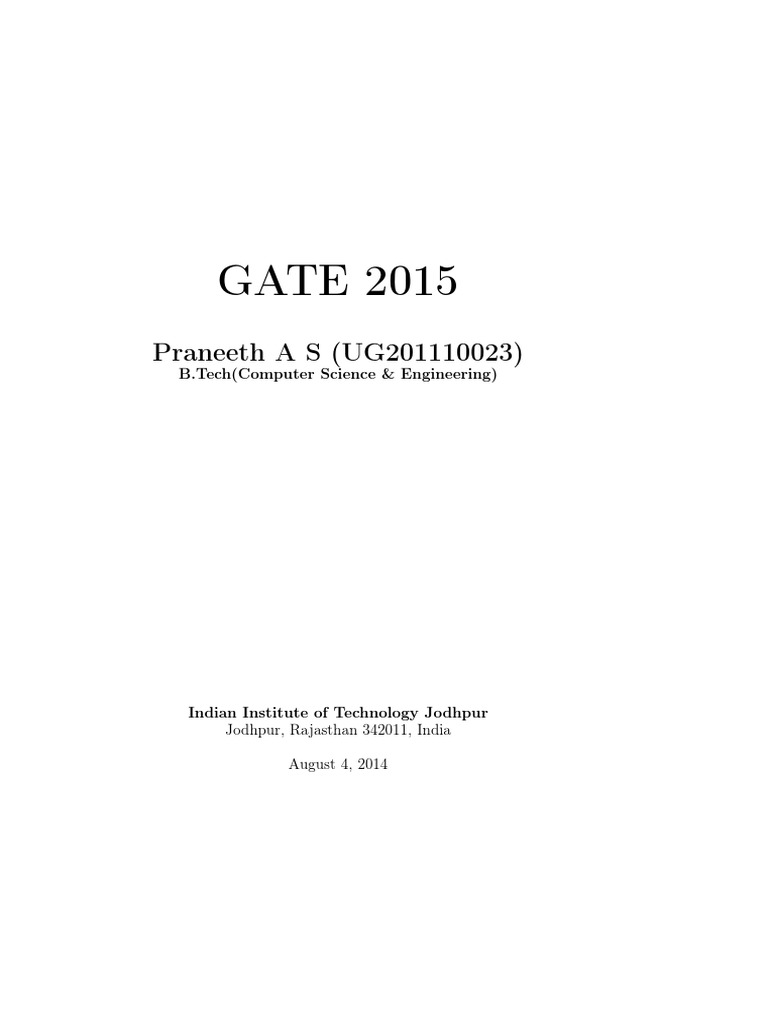



- #Simple dns plus service not automatic start how to#
- #Simple dns plus service not automatic start install#
- #Simple dns plus service not automatic start registration#
- #Simple dns plus service not automatic start windows#
After you run the basic test, you can test other aspects of DNS functionality, including resource record registration and dynamic update.Īlthough you can run this test of basic DNS functionality on any domain controller, typically you run this test on domain controllers that you think may be experiencing replication issues, for example, domain controllers that report Event IDs 1844, 1925, 2087, or 2088 in the Event Viewer Directory Service DNS log. To check Domain Name System (DNS) settings that might interfere with Active Directory replication, you can begin by running the basic test that ensures that DNS is operating properly for your domain.
#Simple dns plus service not automatic start windows#
Conclusionįor smaller or single application projects, a port-based approach is perfectly fine and there is no reason to not stick with it.īut if you work on many projects at the same time, projects with complex microservices architecture, or when your application have a logic based on the domain or subdomain, Dnsmasq provides a very simple way of managing your domains without having to manually deal with the hosts file.Applies to: Windows Server 2022, Windows Server 2019, Windows Server 2016, Windows Server 2012 R2, Windows Server 2012 If you are using Ubuntu please check this question on Stack Overflow. I might write another article about this. This setup is out of the scope of this article. Traefik and Dnsmasq will handle the rest. You might need to setup some labels on your container, nothing more. You can set a hostname for the application and Traefik will do the necessary mapping, so for example, will be proxied automatically to the correct internal port of the container. Traefik will listen to Docker events and automatically reload its configuration when a container status changes.
#Simple dns plus service not automatic start install#
Install Traefik on your machine listening on port 80. If you are using Docker, I recommend giving Traefik a try. The next steps would be setup an HTTP server at your localhost to handle your requests and proxy to the correct application based on the domain name. Any *.lh request will resolve to your machine. No need to worry about ports or host file again. You can test any other subdomains and they all should resolve to your machine.Īnd voilá, you have setup a very simple DNS Server. You should see that it resolves to 127.0.0.1. To check everything is working, open your terminal and type dig test.lh. Sudo systemctl restart dnsmasq NetworkManager that is enough for our needs.įor other OSes you might need to check the respective OS documentation, but if not already installed, you should be able to install it using the OS default package manager.Īfter installing Dnsmasq you need to enable "NetworkManager" to use it as the default DNS server.Ĭreate a new file /etc/NetworkManager/conf.d/nf and add the following content: In Ubuntu is not really dnsmasq but dnsmasq-base, a stripped version of DNSmasq that is tightly integrated with the system Network manager. Installing and configuring Dnsmasqĭnsmasq comes pre-installed in Ubuntu and Fedora. While this works fine, it is not very scalable as you need to add each new domain manually to the file and it doesn't support wildcard subdomains for example.Ī local DNS server can make this a one-time setup. In these cases, it's essential to have a "real" domain on your local environment to mimic the expected behavior in production.Ī common approach to this is to add your domains to the hosts file of your system.

There are also some cases where your business logic depends on the domain of the application.Īn application where each user logs-in via a subdomain or when you have different domains per country and the content is loaded based on that domain for example. Like Caching, but for me, one of the most useful reasons is to resolve local development domains automatically to your localhost.įor simple projects, using "localhost" and a "port", will probably be enough, but for more complex projects where you need to have multiple applications running at the same time (Ex: A Microservices oriented project), it will start to become more complicated to remember all the ports and to avoid conflicts, so a domain-based approach is easier. There are many reasons why you might want to setup your local DNS server The concepts will be the same for any other *Nix based OS, but the install commands or locations of some files might differ a little. I will use Dnsmasq, a lightweight DNS server which comes pre-installed in Operating Systems like Ubuntu or Fedora.Īll the instructions on this article are based on a Fedora 30 installation.
#Simple dns plus service not automatic start how to#
In this article, I will explain how to setup a local DNS server on Linux.


 0 kommentar(er)
0 kommentar(er)
